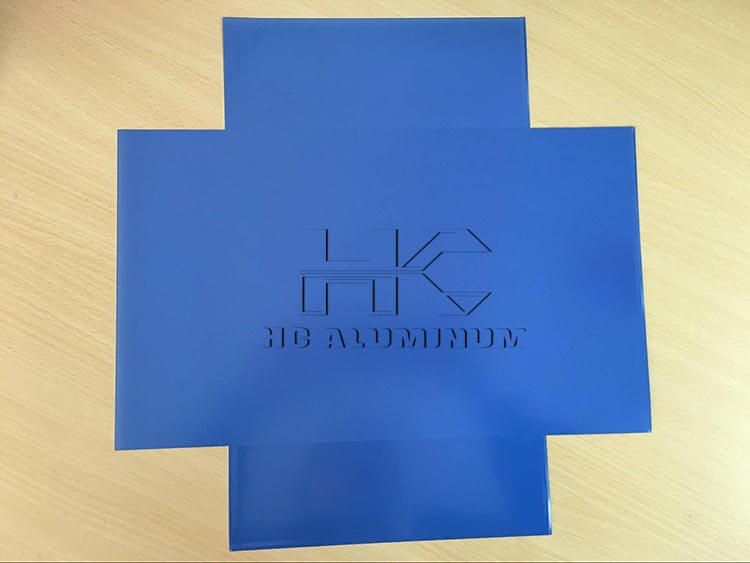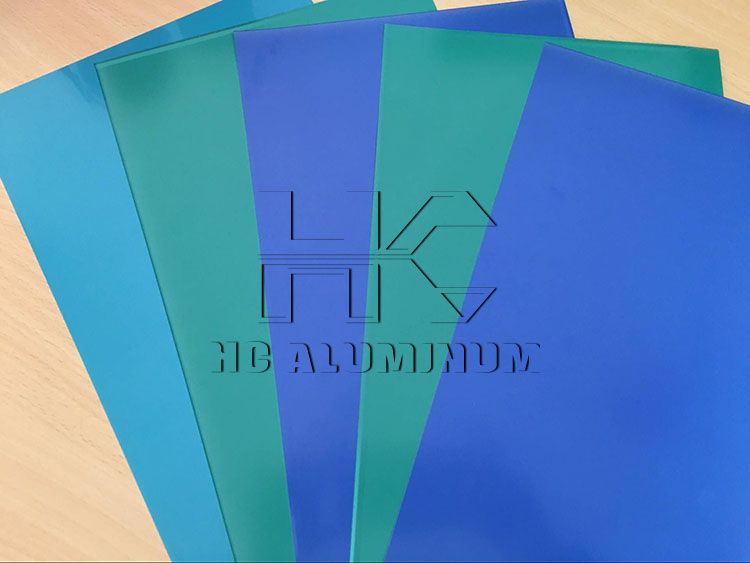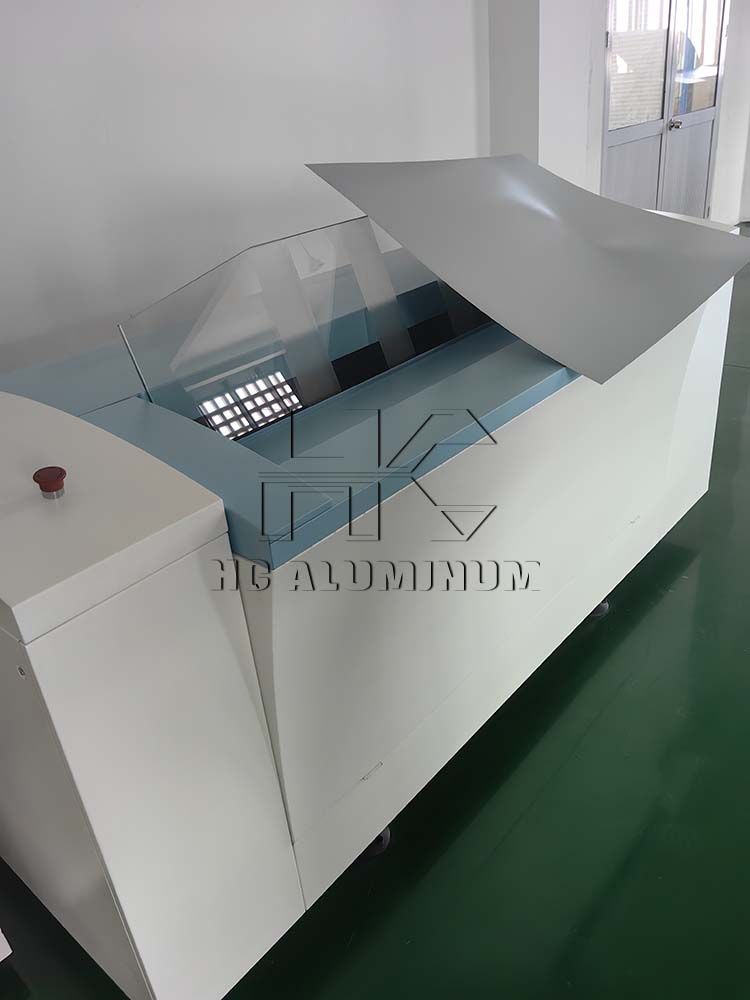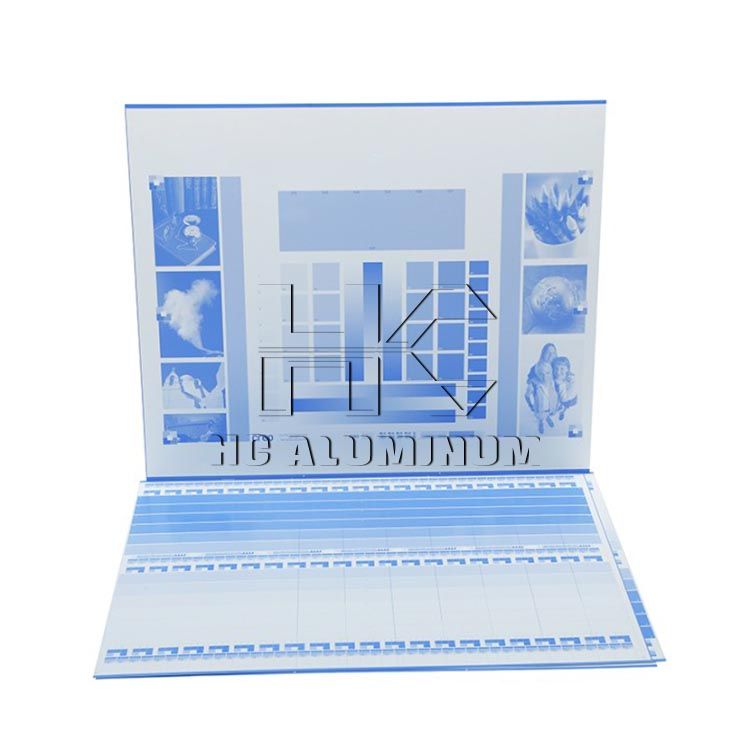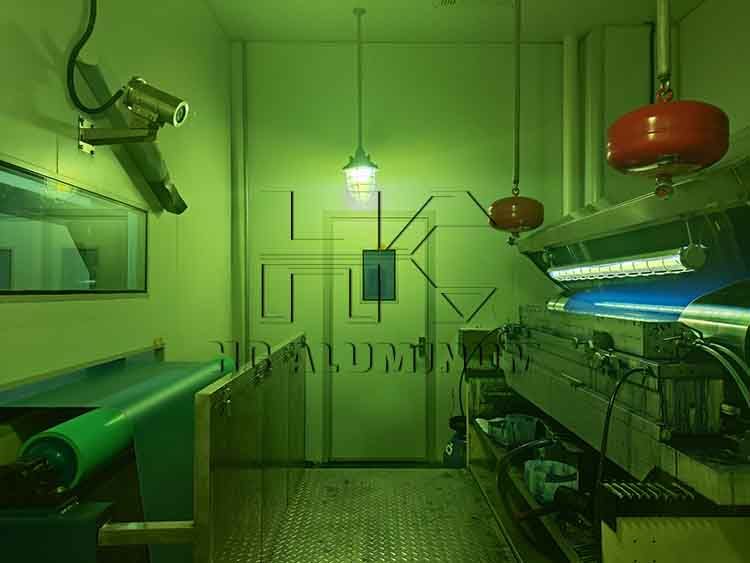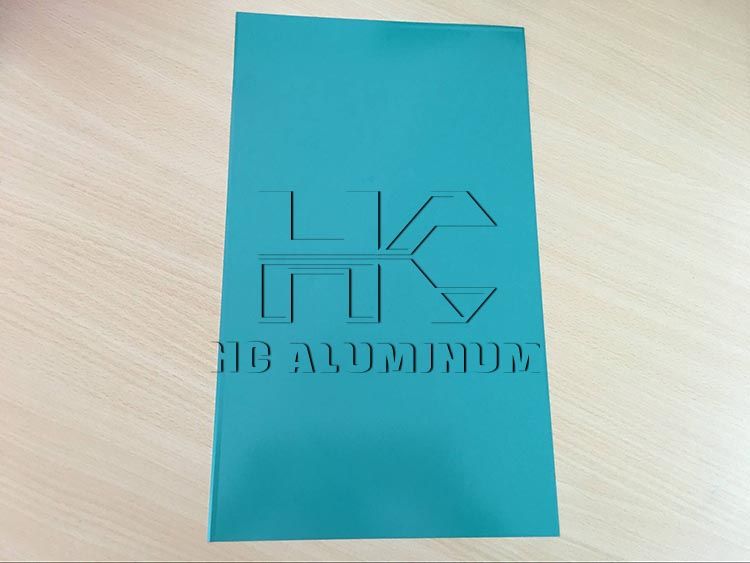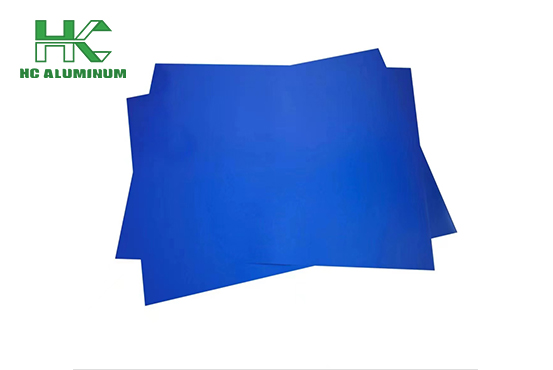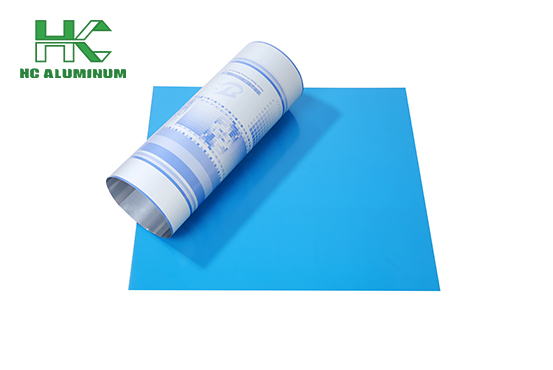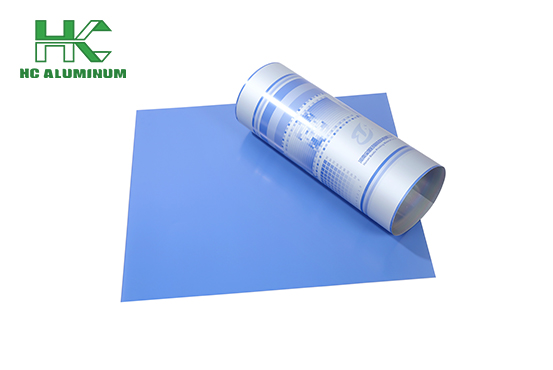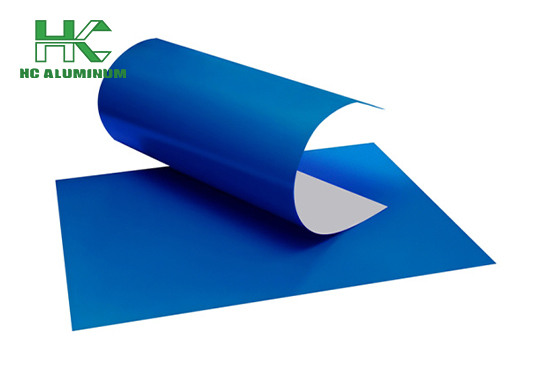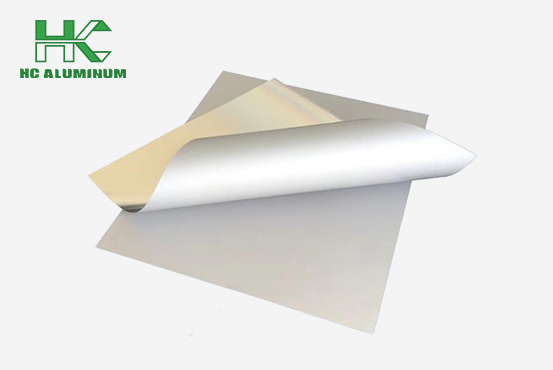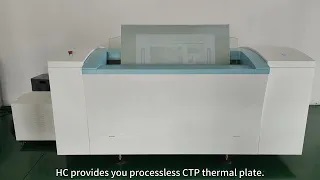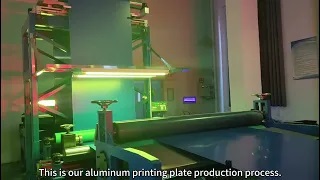What Is The CTP Workflow
Amidst the wave of technological innovation in the printing industry, CTP (Computer-to-Plate) technology, with its advantages of high efficiency and precision, has gradually replaced traditional platemaking processes and become the mainstream platemaking method.
To understand CTP technology, it's first important to clarify the difference between "CTP plate" and "pre sensitized plate (PS plate)." Pre-sensitized plates (PS plates), commonly used in traditional printing, require a platemaking machine to transfer the image from film to the plate before undergoing subsequent processing such as development and fixing.
This entire process relies on film as an intermediate medium, making it not only cumbersome but also prone to issues such as film quality and platemaking accuracy that can affect the final print quality.
CTP plate, on the other hand, is specifically designed for computer-to-plate technology. It eliminates the need for film as an intermediate carrier and directly receives digital signals from a computer, recording the image and text directly on the plate surface through methods such as laser scanning. From a photosensitive perspective, while CTP plates are also photosensitive, their exposure process is "directly digital," eliminating the need for pre-sensitization and film-related steps.
CTP Workflow
The core advantages of the CTP workflow lie in its "directness" and "digitalization." The entire process can be divided into five core steps: file processing, plate exposure, development, quality inspection, and plate preparation. The detailed process is as follows:
1. Digital File Processing (Prepress Preparation)
This is the starting point of the CTP workflow, primarily focusing on optimizing and standardizing the digital files required for printing. Staff will use professional prepress software (such as Adobe Acrobat and Kodak Prinergy) to perform the following operations on graphic files:
File Inspection: The worker checks for missing text, image resolution, and CMYK (standard printing mode).
Color Management: He/she ensures color consistency between the digital file and the final printed product through color calibration to avoid color casts.
Imposition and Screening: The operator combines multiple small pages into the large format required by the printing press (such as folio or quarto). Based on the printing process requirements, the continuous tone image is converted to a halftone image (screening, typically with a screen resolution of 150-200 lpi).
2. CTP Plate Exposure (Core Platemaking)
After file processing is complete, the plate exposure stage begins. At this stage, the CTP platesetter receives the optimized digital signal and scans the laser beam directly onto the surface of the CTP plate, achieving "direct recording" of the graphic information. Different types of CTP platemakers use slightly different exposure principles. The most common types are thermal and violet laser:
Thermal CTP: It uses a plate sensitive to infrared lasers. When the laser strikes the plate surface, it causes a thermochemical reaction in the plate coating, forming a developable image area.
Violet laser: It uses a plate sensitive to violet lasers (wavelength approximately 405nm). The laser energy directly stimulates the photosensitive reaction in the plate coating, producing the image.
Regardless of the type, the exposure process does not require film, significantly reducing platemaking time, eliminating errors associated with film transfer, and improving platemaking accuracy.
3. Development and Post-Processing
After exposure, the CTP plate needs to be processed in a developer to transform the "invisible" image into a "visible" and printable surface. The specific steps include:
Developing: After the CTP plate enters the developer, the developer dissolves the coating in the unexposed areas (non-image areas), leaving the exposed image areas.
Washing: Residual developer is rinsed off the plate surface with clean water to prevent overdevelopment.
Drying: The plate surface is dried to remove moisture, ensuring it is dry and flat.
Post-baking (optional): For applications requiring high press run (such as long-run printing), the developed plate undergoes a "post-baking" treatment. This high-temperature baking further strengthens the stability of the plate coating and improves press run (from tens of thousands to hundreds of thousands of prints).
4. Quality Inspection
After development, CTP plates undergo rigorous quality inspection to ensure that the surface meets printing requirements. Inspections include:
Image integrity: Checking for clarity of text and images, missing strokes, or missing dots;
Dimensional accuracy: Verifying the plate dimensions and overprint marks to avoid dimensional deviations that could lead to inaccurate overprinting during subsequent printing;
Dot quality: Observing the uniformity of dot shape and size through a magnifying glass to ensure accurate color reproduction during printing.
If any issues are detected during inspection, the process will be reinstated to investigate the cause (e.g., file processing, exposure parameters, etc.) and re-plate making. If the inspection passes, the next step will be taken.
5. Plate preparation (delivery for printing)
Qualified CTP plates are mounted on the plate rollers of the printing press. Staff will adjust the plate position and tension based on the press model and specifications to ensure secure positioning and accurate overprinting. This completes the CTP workflow, and the press is ready for subsequent printing. Hongchang proves both PS and CTP plate, welcome to inquire printing plate price from us.
A Comprehensive Guide To Choose The Right CTP Plates For Offset Printing

